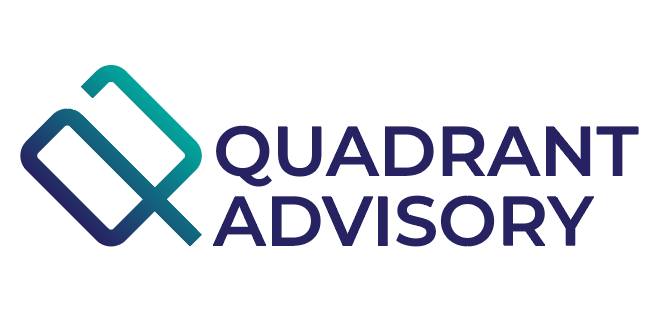
In the intricate tapestry of today’s business world, where market dynamics are unpredictable and competition intensifies by the day, the art of cost control emerges as a pivotal thread. It’s not merely about trimming expenses; it’s about strategically allocating resources, enhancing operational efficiency, and ensuring that every dollar spent is an investment in sustainable growth. This comprehensive guide delves deep into the nuances of cost control, offering actionable insights for businesses aiming for long-term success.
Understanding Cost Control in Depth
Cost control, at its very core, is more than just a financial strategy; it’s a holistic approach to understanding and managing the economic heartbeat of an organization. It involves the meticulous process of identifying potential financial drains, analyzing their impact, and implementing measures to reduce or eliminate unnecessary expenses, all with the primary aim of enhancing profitability. This practice requires a systematic, detailed, and often rigorous approach, ensuring that every financial decision, no matter how minute, is made with the utmost precision and foresight. But why is it so crucial in today’s business landscape?
Imagine the intricate world of business operations as a vast, unpredictable ocean. In this ocean, costs act like the subtle yet powerful undercurrents, often hidden beneath the surface but capable of influencing the direction and stability of even the largest vessels. If these costs or undercurrents are left unchecked or unmanaged, they possess the potential to divert a ship off its course or, in extreme cases, capsize it. Effective cost control acts as the seasoned navigator, ensuring that businesses not only steer clear of these treacherous undercurrents but also harness their energy. By effectively managing and controlling costs, businesses can transform potential challenges into tangible opportunities, setting the stage for innovation, expansion, and sustainable growth.
Strategies for Effective Cost Control
Achieving excellence in cost control is a structured process that demands consistent effort and strategic planning. It’s not a goal that can be realized instantly but requires ongoing commitment and adaptation.
Budgeting and forecasting: This foundational strategy involves setting clear financial benchmarks and anticipating future expenses. It’s about foreseeing both opportunities and threats. For instance, anticipating a market downturn can help businesses allocate resources to weather the storm without compromising on growth.
Process optimization: Every business process, from procurement to customer service, incurs costs. Regularly reviewing and refining these processes can root out inefficiencies, reduce wastage, and enhance overall productivity. This might involve adopting new methodologies or even retraining staff to adapt to more efficient systems.
Regular financial audits: These audits act as a health check-up for your business’s finances. They can pinpoint areas of overspending, potential fraud, or even tax-saving opportunities. By proactively addressing these, businesses can ensure robust financial health and compliance.
Technology and automation: The digital age offers a plethora of tools to streamline operations. From automating mundane tasks to harnessing artificial intelligence for predictive financial analysis, technology can be a significant cost-saving ally.
Challenges in Implementing Cost Control and Overcoming Them

Transformation is rarely without challenges, and cost control is no exception:
Resistance to change: Overcoming this requires transparent communication, highlighting the long-term benefits for both the company and its employees. Training sessions can further ease the transition, ensuring everyone is on board.
Balancing quality and cost: It’s essential to ensure that cost control measures don’t compromise the quality of products or services. Regular feedback loops with customers and stakeholders can provide insights into maintaining this balance.
Short-term vs. long-term perspectives: Every decision should be evaluated concerning its long-term impact. For instance, investing in research and development might seem like a significant expense now but can lead to innovative products that drive future revenue.
The Role of Leadership in Cost Control

Effective cost control isn’t just a managerial task; it requires strong leadership. Leaders must champion the cause, ensuring that the entire organization understands and values the importance of cost control. This is often the role of the CFO.
Setting clear expectations: Leaders must communicate the importance of cost control, setting clear expectations and goals for each department.
Leading by example: Leaders should embody the principles of cost control in their actions, showing the team the way forward.
Encouraging innovation: Often, the best cost-saving ideas come from employees. Leaders should foster a culture where employees feel empowered to suggest innovative cost-saving measures.
In Conclusion
In the ever-evolving business landscape, where uncertainties abound, proactive cost control can be the anchor that ensures stability, profitability, and sustainable growth. As businesses navigate the challenges and opportunities of the future, mastering the bottom line through cost control will undoubtedly be their guiding star, illuminating the path to success.
